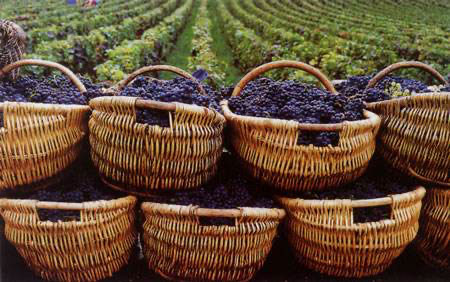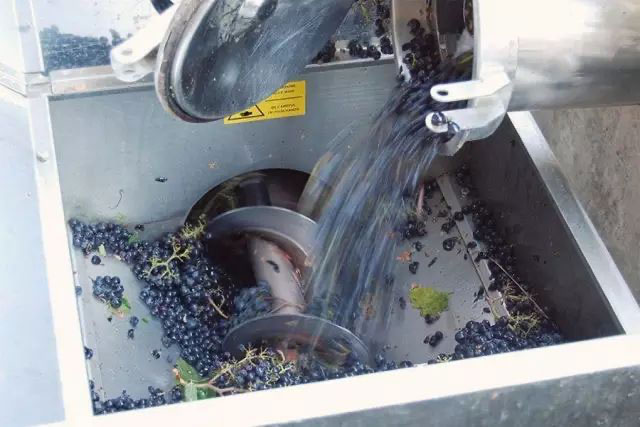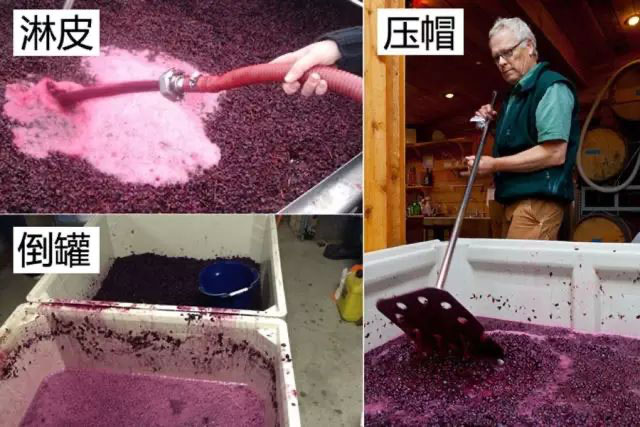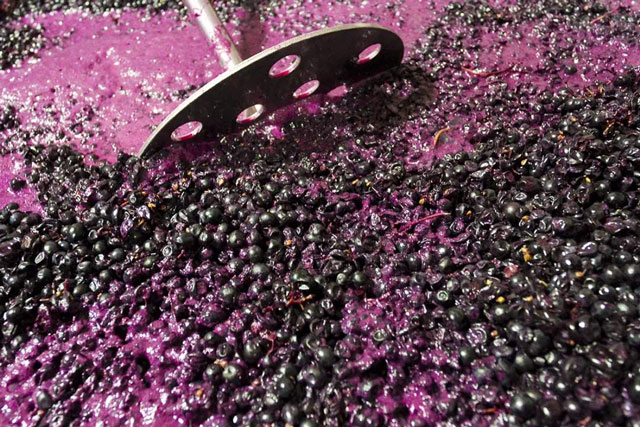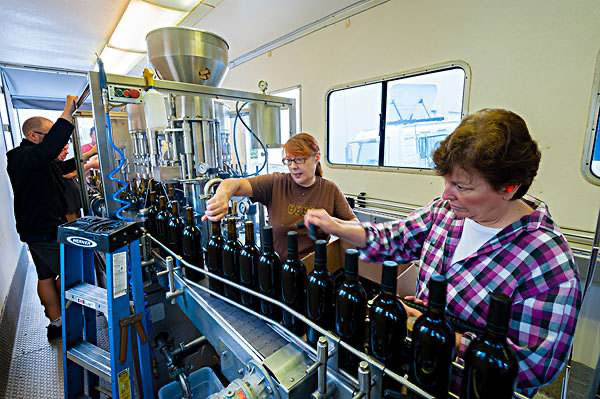As we all know, in the winery, the winemaker plays a decisive role in the entire wine. So, how does a magic winemaker turn grapes into bottles of wine? Today we will learn about the production of red wine.
01. Grape harvest
The first and most important decision of the winemaker is when to pick the grapes, because for red grapes, the maturation is not only the accumulation of sugar, but more importantly the maturation of phenols, because sometimes immature tannins will give Wine brings an unpleasant herbal flavor. Of course, in addition to the ripening of sugars and phenols, the winemaker must also ensure that the grapes are not infected with gray mold. Such grapes are perfect.
Usually, the exact picking time varies from year to year, and is sometimes affected by the weather. Of course, some varieties, such as Cabernet Sauvignon, mature late and are picked later. Generally speaking, both manual picking and mechanical picking can be done. The stalks of the grapes harvested manually are intact, while the grapes harvested by the machine do not have stalks.
02. Destemmed and broken skin
Grapes harvested manually usually have stems, so removing stems is the first step. Of course, it does not rule out that sometimes winemakers deliberately keep a few bunches of stalked grapes into the fermentation tank in order to increase tannins, and some even directly ferment the whole bunch, such as Pinot Noir from the Bourgogne region. Under normal circumstances, after the red grapes are stalked, they only need to be broken slightly. The peel will be fermented together with the pulp, which is the source of the red wine color.
03. Dipping before fermentation
The most critical part of making red wine is how to successfully extract the tannins and pigments in the peel. Therefore, the wine can be dipped for a certain period of time before fermentation. The dipping process is generally carried out at a low temperature, which can increase the extraction of pigments and flavor substances. However, the former method takes a long time to soak the skins, so some winemakers may also use the hot soaking method to start the fermentation as soon as possible, but the lack of control can easily make the wine lose its flavor.
04. Fermentation with skin
The fermentation temperature of red wine is generally 20-32°C. Higher temperature is conducive to the extraction of color and tannins. Of course, during the fermentation process, the winemaker will also speed up the extraction of pigments and tannins by washing the skin, pressing the cap and pouring the can. Of course, the most important thing about fermentation is to convert sugar into alcohol. This process is usually carried out by yeast. Red wine is not completely insulated from oxygen during the fermentation process, because proper oxidation is a good thing for red wine.
Red wine is mostly fermented in an inert container, which is more convenient for operations such as peeling, otherwise it is difficult for oak barrels to ensure full contact between the peel and the juice. Sometimes the winemaker will choose to transfer the wine to oak barrels to complete the final fermentation stage before the fermentation is complete, in order to give the wine a unique aroma and oak barrel tannins. Of course, this goal can also be achieved by adding oak slivers, but the flavor may not be as fine as the former.
05. Dipping after fermentation
As the fermentation progresses, the extraction speed of tannins and pigments will change, the former gets faster and the latter gets slower. So sometimes in order to increase the extraction of pigments and tannins, the immersion is continued after the fermentation is completed, which is very common in France and Italy. However, if the winemaker only wants low-tannin and fruity wines, this step is generally not done.
06. Squeeze
After maceration, the skin and wine will be separated. The freely separated wine is the so-called artesian wine. The quality of artesian wine is the best. The remaining peel and residue will be pressed, and the wine will be dark in color and heavy in tannins. This type of pressed wine is generally not directly on the market, but is used to blend color or increase tannins.
07. Malic acid-lactic acid fermentation
Generally speaking, the process of malolactic fermentation is indispensable for the production of red wine. This process occurs after alcohol fermentation and is carried out by lactic acid bacteria. They can convert sharp malic acid into soft lactic acid (this is an important reason why the acidity of red wine is not obvious), and produce many other flavor substances.
08. Mature / Blend
After completing the above steps, the red wine has basically been vinified. At this time, the winemaker can choose to directly clarify and filter and bottle it for sale, or choose to continue aging. Generally speaking, oak barrel aging is more common for red wines. This not only makes the tannins softer, but also brings extra aroma and structure to the wine. Proper oxidation will also make the wine softer and softer. drink. However, aging in oak barrels sometimes evaporates, so barreling may also be necessary.
The blending or not blending is also determined by the winemaker himself. The blending can be between different varieties, or between different years, production areas, batches or brewing processes.
09. Clarification and filtration
Generally speaking, this step is to remove suspended particulates in the wine, so that the wine can reach a certain degree of stability, while ensuring that the wine is clarified to meet consumer expectations. Usually, the winery can borrow additives (such as egg white) to absorb suspended substances, and then perform a slight filtration to ensure that there are no microorganisms remaining, which can stabilize the wine quality.
10. Package sale
Sometimes, a final blending may be made before bottling. Once the bottle is packed and labeled, it can generally be sold directly, however, it is not ruled out that some wines will continue to be bottled in the cellar for a period of time after being bottled.
